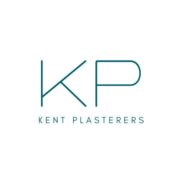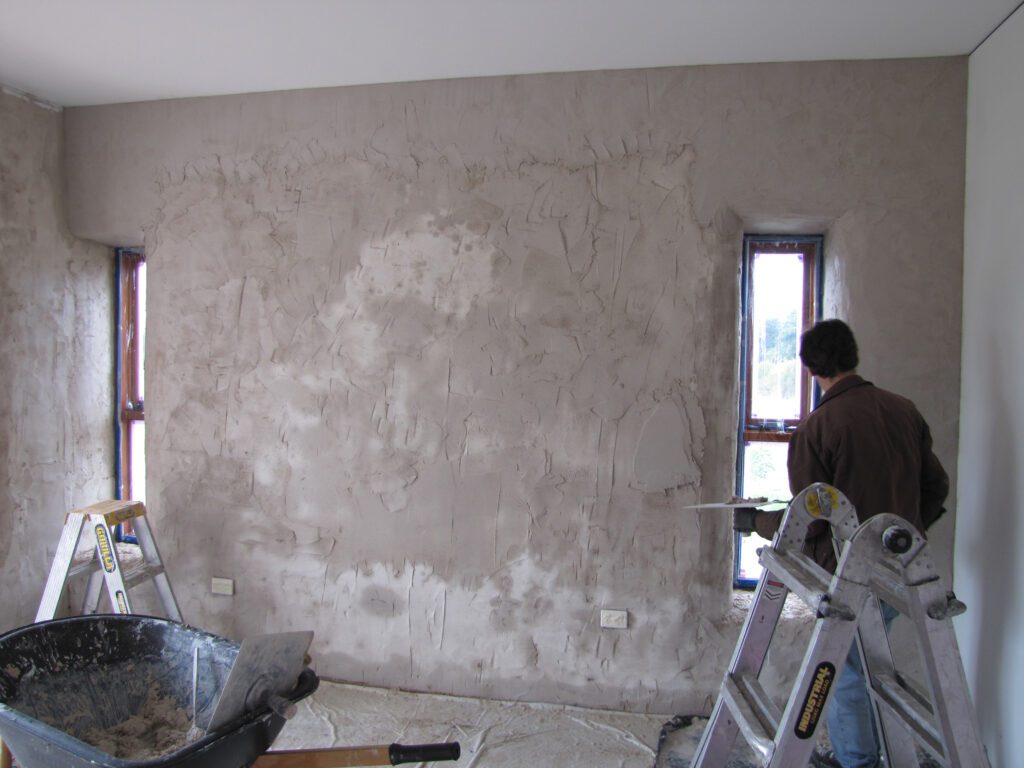Transform your living space from ordinary to extraordinary with expert tips on how to define, renovate, and perfect your walls with professional plastering techniques.
Understanding Modern Plastering: More Than Just Smooth Walls
Modern plastering has evolved significantly from its traditional roots, becoming an integral element in contemporary interior design. Today’s plastering techniques offer more than just functional wall coverings – they’re a fusion of art and engineering that can completely transform your space. In the UK market, we’ve seen a 35% increase in demand for decorative plastering finishes over the past year, reflecting growing appreciation for these versatile techniques.
Professional plastering now encompasses a wide range of finishes and textures, each serving both aesthetic and practical purposes. From smooth, polished surfaces to textured decorative finishes, modern plastering techniques can:
- Create stunning visual effects that enhance spatial perception
- Improve room acoustics and thermal efficiency
- Provide durable, long-lasting wall protection
- Offer unique customisation options for personal style expression
- Add significant value to your property
Assessing Your Space: The Foundation of Successful Renovation
Before embarking on any plastering project, it’s crucial to conduct a thorough assessment of your space. Our experience in Kent has shown that proper evaluation can reduce renovation costs by up to 20% by identifying potential issues early. Start by examining your walls for:
- Structural damage or cracks
- Damp or moisture issues
- Previous repairs or patches
- Uneven surfaces or texture inconsistencies
- Electrical and plumbing considerations
Professional plasterers will conduct a detailed survey, measuring humidity levels and assessing substrate conditions to determine the most appropriate plastering approach. This initial assessment forms the backbone of a successful renovation strategy.
Contemporary Plastering Techniques and Finishes
Modern plastering offers an extensive range of finishes, each with unique characteristics and applications. Current trends show that versatile finishes like Venetian plaster have seen a 45% increase in popularity among UK homeowners. Popular options include:
- Venetian Plaster: A luxury finish that creates depth and movement
- Polished Plaster: Smooth, reflective surfaces perfect for contemporary spaces
- Textured Finishes: From subtle to dramatic effects
- Microcement: Industrial-style finish ideal for modern interiors
- Traditional Lime Plaster: Breathable option for period properties
The Renovation Process: From Preparation to Perfect Finish
A successful plastering project follows a methodical process that ensures lasting results. Our approach in Kent typically involves these essential stages:
1. Surface Preparation: Thorough cleaning and repair of existing surfaces
2. Priming: Application of appropriate primers for optimal adhesion
3. Base Coat Application: Creating a solid foundation
4. Final Coat Application: Achieving the desired finish
5. Curing and Protection: Ensuring proper drying and durability
Maintaining and Protecting Your New Wall Finishes
To preserve the beauty and integrity of your plastered walls, proper maintenance is essential. Studies show that well-maintained plaster finishes can last up to 25 years or more. Follow these key maintenance tips:
- Regular dusting with soft cloths
- Immediate attention to any water damage
- Annual inspection for cracks or damage
- Use of appropriate cleaning products
- Maintaining proper room ventilation
Why Professional Plastering Makes a Difference
Professional plastering significantly impacts both the aesthetic and functional aspects of your space. Recent surveys indicate that professionally plastered homes command up to 15% higher resale values compared to DIY finishes. Expert plasterers bring:
– Technical expertise and experience
– Access to premium materials and tools
– Understanding of local building regulations
– Guaranteed workmanship
– Time and cost efficiency
Bringing Your Vision to Life: Design Ideas and Inspiration
Modern plastering techniques offer endless possibilities for creative expression. Popular trends in 2024 include:
- Feature walls with textured finishes
- Metallic plaster effects
- Seamless transitions between different surfaces
- Geometric patterns and designs
- Eco-friendly natural finishes
Making the Investment: Cost Considerations and Value Returns
Understanding the financial aspects of professional plastering is crucial for project planning. In the current market, investment in quality plastering typically yields a 70-80% return on investment. Consider these factors:
- Material quality and quantity requirements
- Labour costs and project timeline
- Additional preparation work needed
- Long-term maintenance costs
- Potential energy savings from improved insulation
Working with Professional Plasterers: What to Expect
Choosing the right plastering service is crucial for project success. When working with professional plasterers, expect:
– Detailed initial consultation and assessment
– Clear project timeline and cost breakdown
– Regular communication throughout the project
– Professional cleanup and finish inspection
– Aftercare support and maintenance advice
Transform your space with Kent Plasterers’ expertise in modern wall finishes. Contact us today to discuss your renovation project and discover how our professional plastering services can enhance your property’s value and appeal.
FAQ
What is the legal definition of renovate?
Renovation means any change, addition, or modification in an existing structure.
Does renovation mean new?
A new build involves building an entirely new structure from the ground up. An expansion consists of adding onto the existing structure with new rooms, floors, or sections. A renovation is an improvement or updating of an existing structure, without changing its overall current footprint.
What’s the difference between renovation and maintenance?
Renovation also takes place when old store premises are demolished and replaced by new ones. However, if the lessor replaces a defective single pane with double glazing, this will be considered as maintenance. The work is (primarily) carried out to correct a defect and not to improve the living comfort of the lessee.
What is considered a renovation?
The term “renovation” includes (but is not limited to): Removing, modifying or repairing painted surfaces or painted components. Examples include modifying painted doors, surface restoration, window repair, and surface preparation activity like sanding and scraping that may generate paint dust.
What is an example with renovate?
It’s an old factory that has been renovated as office space. The project renovates and expands the square footage of the school.
Sources
[1] https://www.britannica.com/dictionary/renovate
[2] https://www.collinsdictionary.com/us/dictionary/english/renovate
[3] https://dictionary.cambridge.org/us/dictionary/english/renovate

